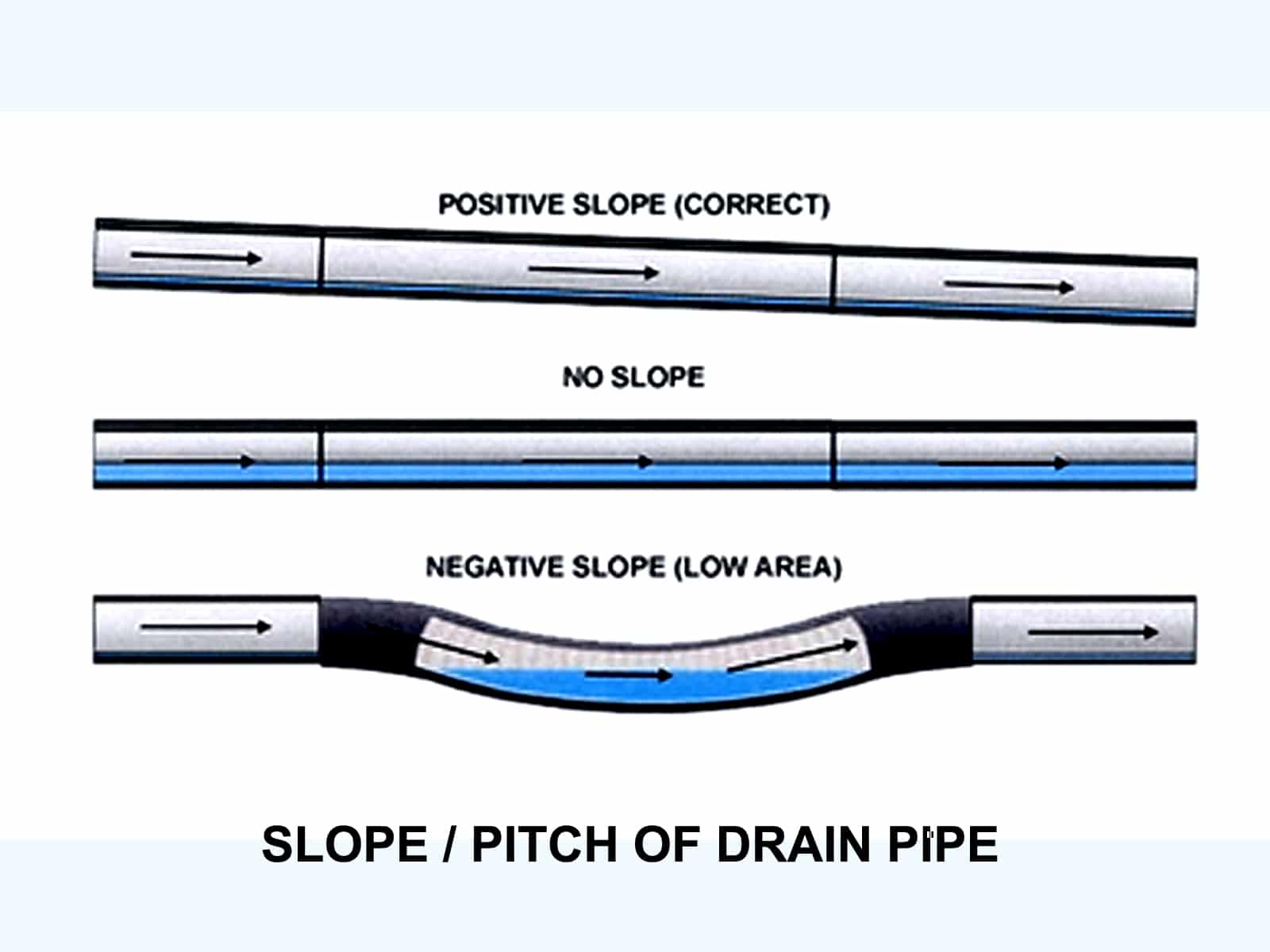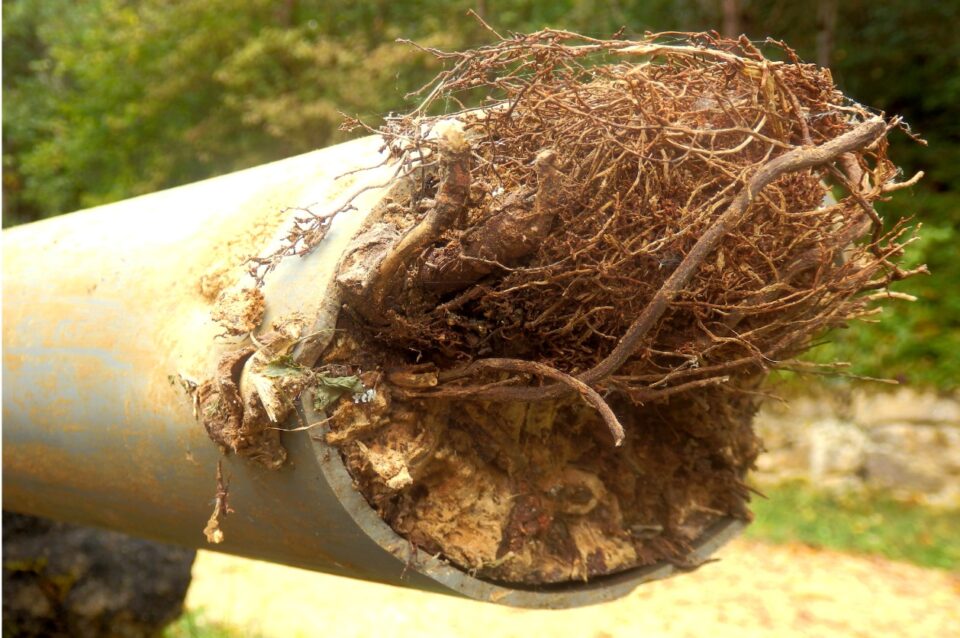If you reside in the Village of South Floral Park, Nassau County, or NYC in general, it’s good to know about common household plumbing problems. Plumbing repairs can get expensive, so common knowledge can save you some money. Knowing about your temperature and pressure relief valve in your water heater tank is one of those items. What follows is another in a series of helpful tutorials from the Balkan Drain Team.
Learn about the Pressure Relief Valve on Your Hot Water Heater
Every water heater must be equipped with a Temperature and Pressure Relief (TPR) valve. This is an important safety component that should not be removed or disabled. You can easily check whether your water heater is safe to use or not. Simply open the valve once in every six months or so. Testing it more frequently is not always better, as you can damage the valve by overuse instead. To remove sediment and corrosion build-up in the tank, you must drain a quantity of water from inside the tank every year. While you are at it, you might as well check the anode rod and heating elements to see if any of them needs replacement. These are relatively easy tasks, just read through the manufacturers manual, or check online.
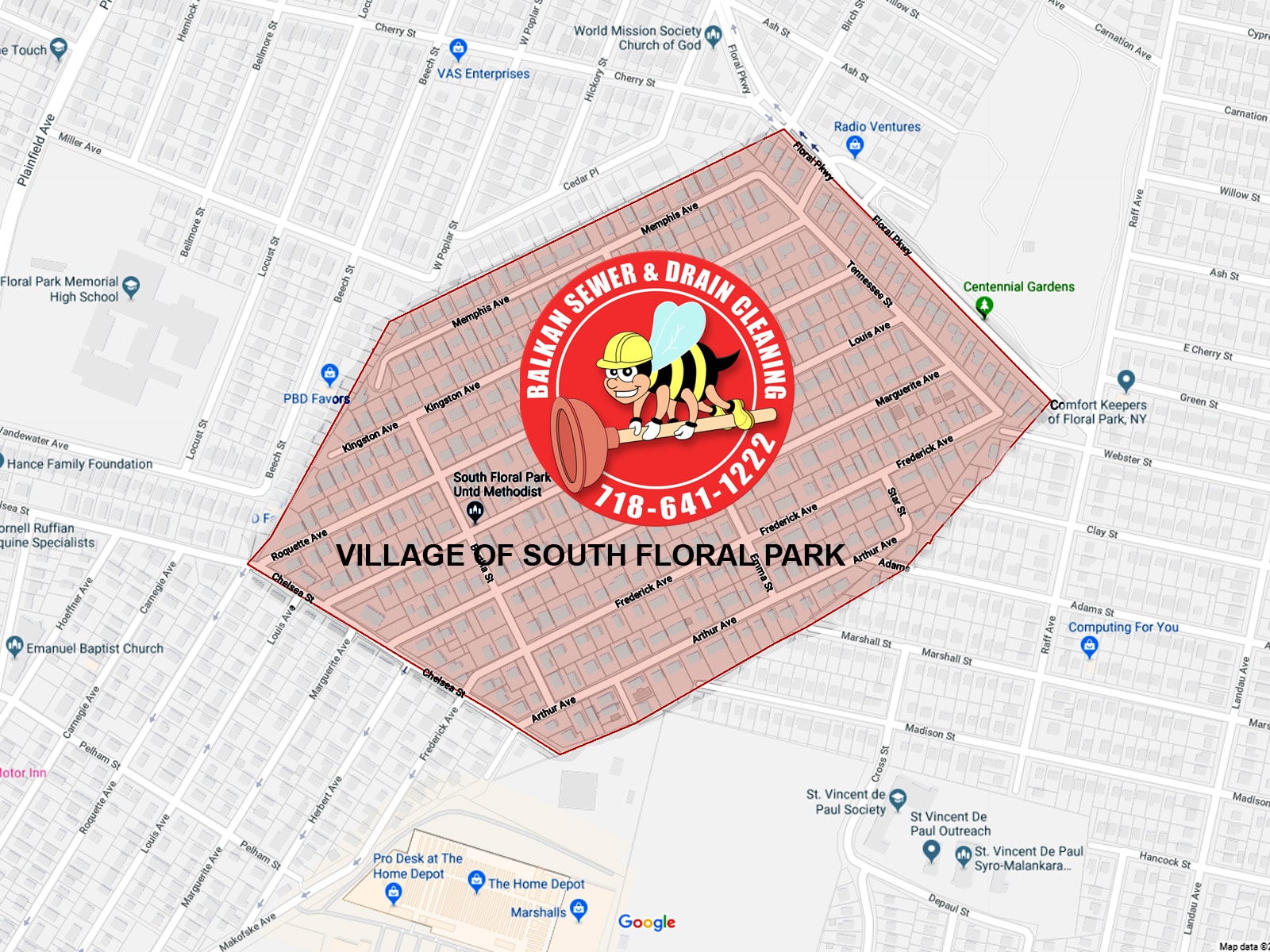
The pressure relief valve is a safety fixture
As the name suggests, TPR valve keeps the temperature and pressure inside the water tank within the safety limit. Most (if not all) water heaters operate safely at around 120-degrees Fahrenheit (as recommended by the Department of Energy). However, if you have never adjusted the temperature on the water heater, it is probably at 140-degrees, Fahrenheit which is most manufacturers’ default setting. When it comes to water pressure, any fixture in the house should deliver no more than 80 psi of pressure, but typically deliver much less. If it exceeds that number on a pressure gauge, you need to install a pressure reducer on the water main. Ideally the pressure is between 40 and 60 psi.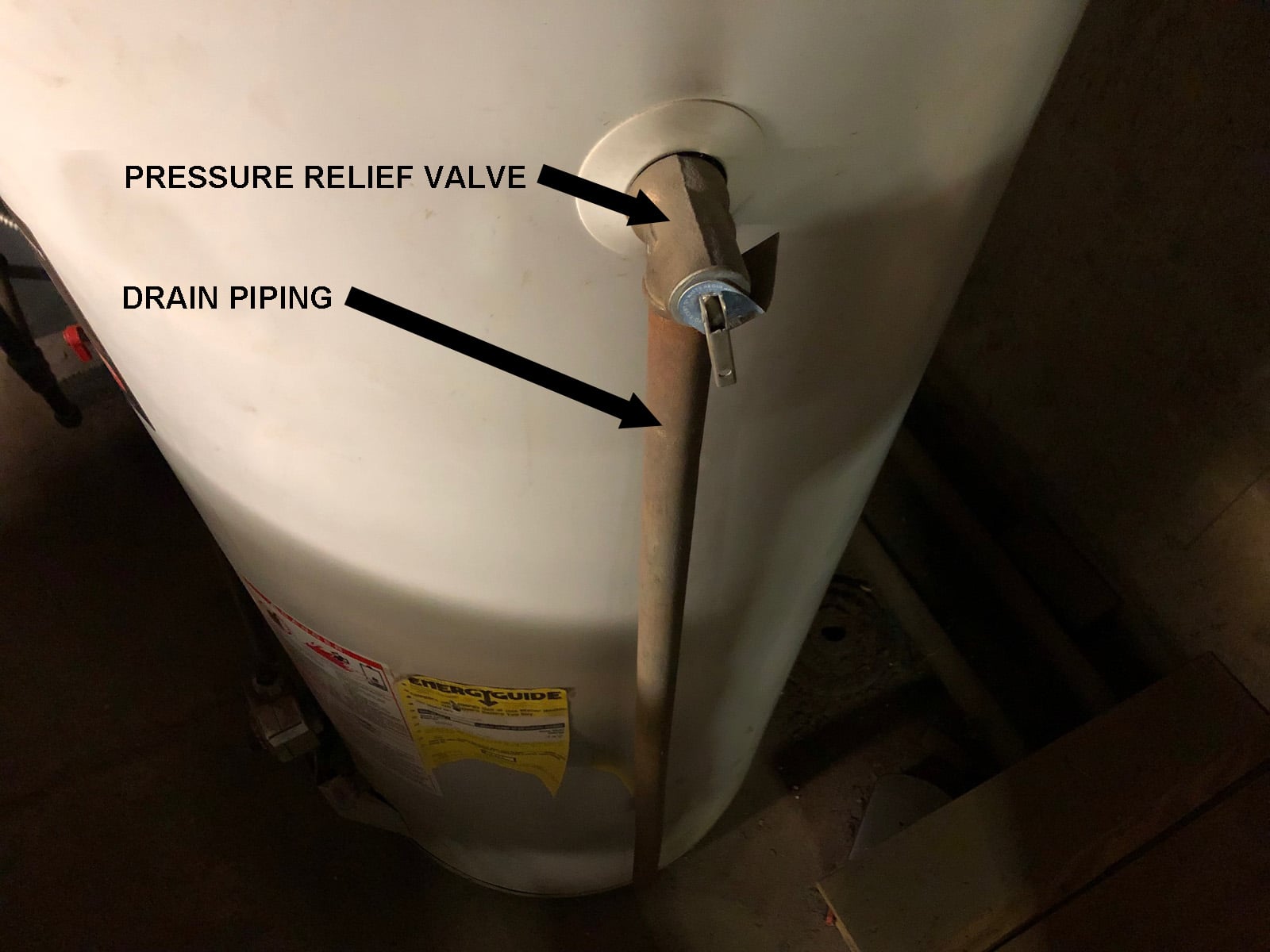
A fully functioning TPR valve (pressure relief valve) kicks in anytime the tank reaches an unsafe level of pressure, or temperature inside. The valve opens to release a portion of that pressure, as well as lower the internal temperature.
Here is how to check if the pressure relief valve works as intended:
- Place a bucket beneath the discharge tube of your hot water heater.
- Flip open the relief valve and let it open for about 5 seconds. Do not do this if you are barefooted or wear open-toed shoes. The discharge tube may splash out hot water at high pressure; if it splashes out, your feet can be burned. Hot water should come out of the drain tube. If it does NOT, replace the valve.
- Close the relief valve. In the closed position, there should be no water flowing out of the discharge tube. If it does, try opening and closing it several times to dislodge debris that may prevent it from closing properly. If after several attempts you still see water flowing out, you need to replace the valve. Pressure relief vavles are quite inexpensive items.
- Open the cap of your thermal expansion tank and press in the Schrader valve (like one on a pneumatic tire). The only thing that should come out from the valve is air. If water comes out as well, replace the tank.
Checking your discharge tube attached to the valve
Another thing to pay attention to is the size of the discharge tube or the pipe leaving the TPR valve. It should be in the same diameter as the actual valve discharge connection, which is usually ¾-inch. Also, the pipe should be made of heat resistant material, usually copper. If it is undersized or made of material that can be adversely affected by heat, replace it with the right type of pipe of the right size. To state the obvious, the drain pipe should be installed in vertical orientation and with enough clearance from the ground.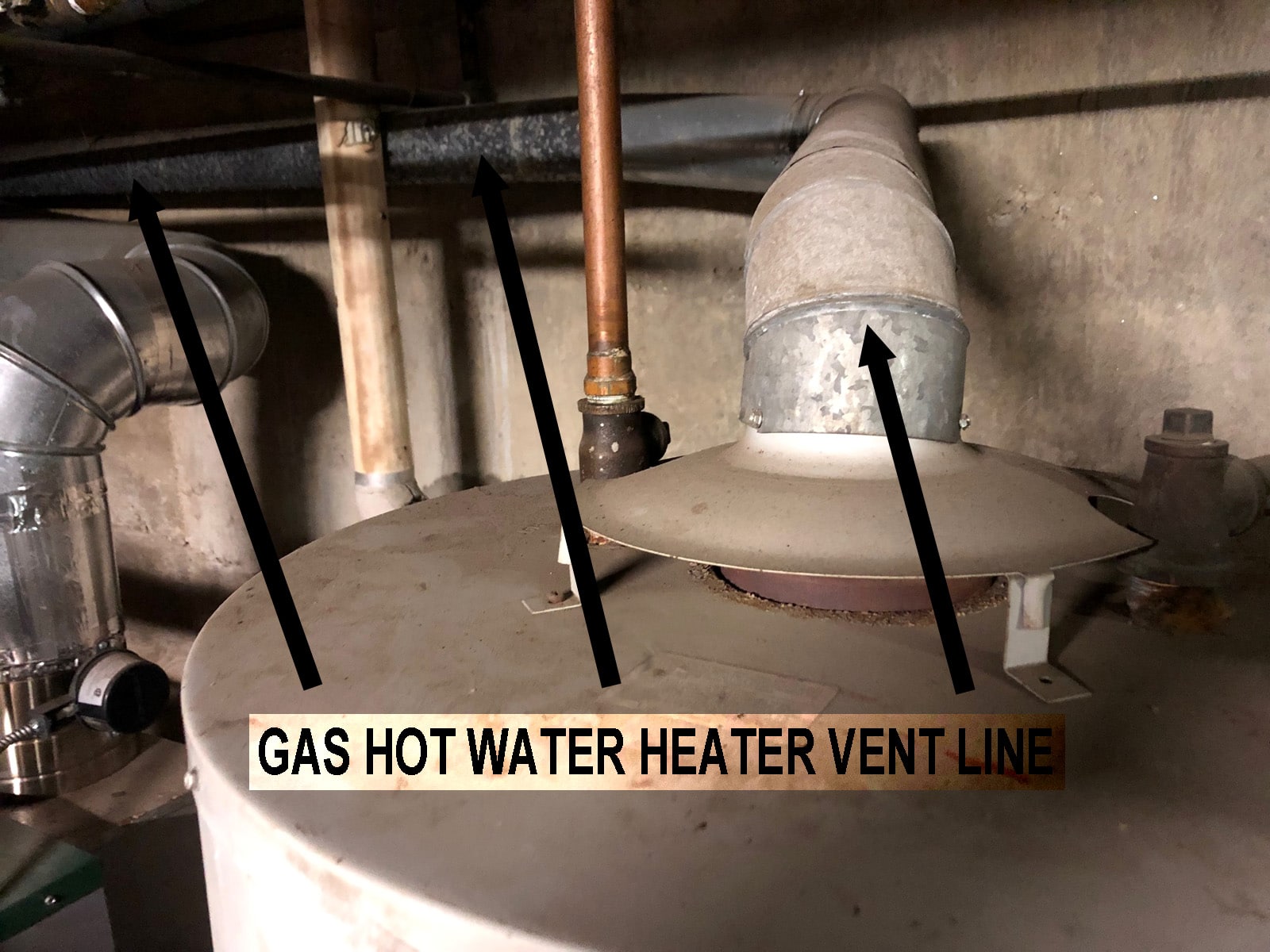
Working with a water heater can be quite risky. This can be due to risk of injury from electrocution, a gas leak, or hot water. However an additional, and one of the most common, and potentially serious flaws, is improper venting from the exhaust. Improper venting for the exhaust can cause CO to leak into your living space. This can result to anything form headaches, to fatalities.
Replacing the valve, anode rod, and heating element is pretty complex too. So you may opt to call a professional to do the job. You can perform the test on your own, but it is not recommended to repair or install replacement parts if you don’t have the right tools or working knowledge of how the appliance works. The Balkan Drain Team hopes you found this information useful. If you require expert water service line, sewer or drain service, contact the Balkan Team for expert advice and service.

